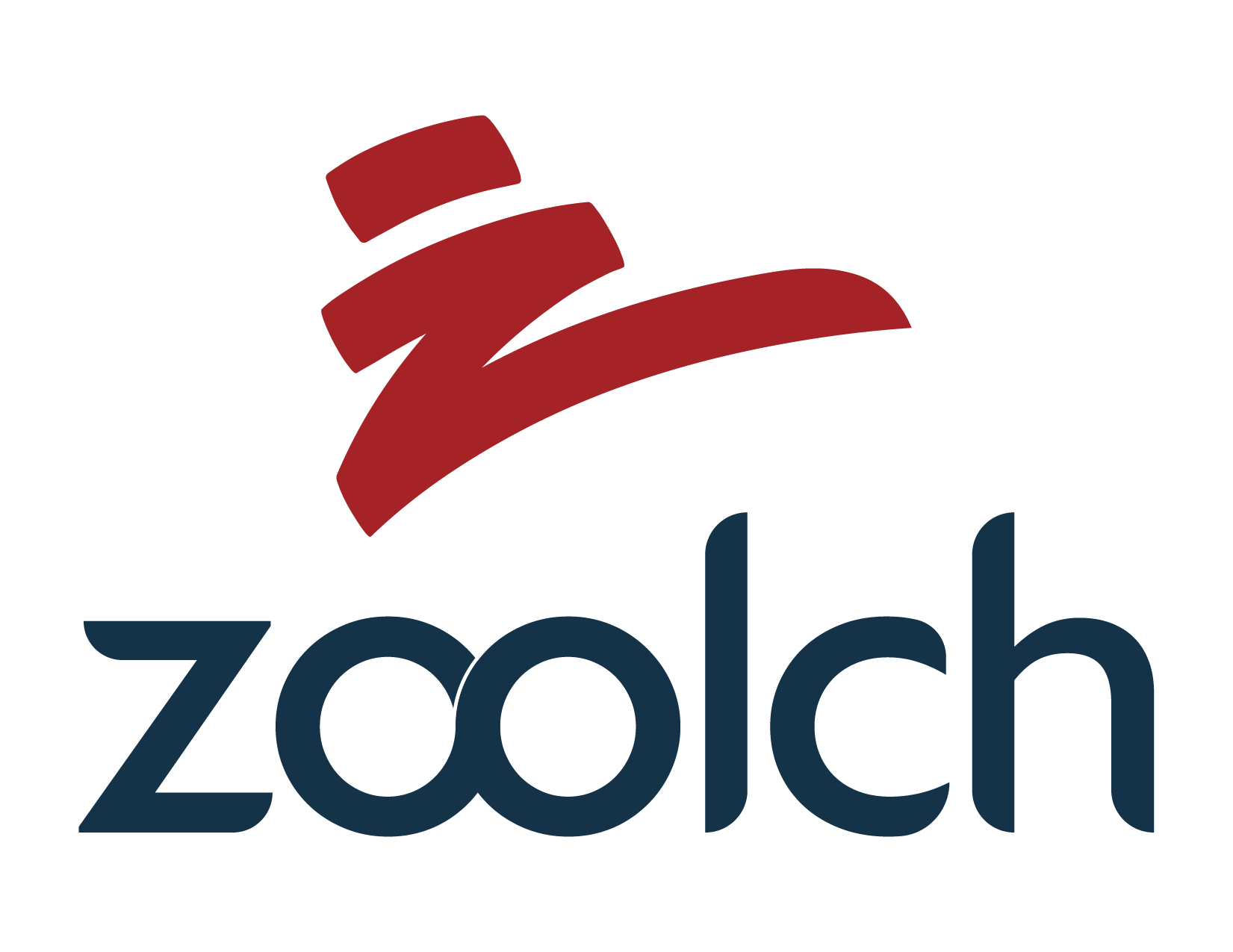A key thing to remember when crafting a value proposition is that it’s not about selling a product; it’s about telling a story that resonates with the people who matter most—your customers. Living in a world full of choices, your value proposition can make the difference between gaining genuine interest and just being another name in the crowd. Here’s how to build a value proposition that not only draws leads in but also fosters customer loyalty.
What is a Value Proposition, Anyway?
In simplest terms, a value proposition is the promise you make to your audience. It answers the question: Why choose me? It’s far more than a list of features; it’s about what your product or service represents, the solutions it offers, and the unique benefits that set you apart.
The Heart of a Powerful Value Proposition
Creating a value proposition that resonates requires:
- Clarity: Use simple, jargon-free language that’s immediately understandable.
- Relevance: Address the customer’s pain points and frustrations directly.
- Uniqueness: Showcase what sets you apart from competitors.
- Benefits Over Features: Emphasize the ways your offering will make a tangible difference in their lives.
- Proof: Provide social proof through testimonials, case studies, or relevant stats to establish trust.
Steps to Building a Value Proposition That Stands Out
Step 1: Know Who You’re Talking To
Understanding your audience deeply is the first step to crafting a compelling value proposition. Go beyond demographics and dig into their needs, worries, and aspirations.
- Know Your Audience: Use surveys, interviews, and analytics to get comprehensive insights.
- Build Buyer Personas: Develop detailed profiles of your ideal customers, identifying pain points and motivations. This will be your guide for shaping your message.
Step 2: Understand Their Pain Points
A strong value proposition addresses your audience’s pain points. Imagine yourself in their shoes to understand what they’re missing and how you can help.
- Empathy Map: This tool helps you visualize what your audience thinks, feels, and cares about.
- Competitor Analysis: Look at what competitors offer and identify the gaps where you can stand out.

Step 3: Sell Benefits, Not Just Features
Features are great, but benefits are what make those features valuable. Show customers how your product makes their lives easier.
- Feature-Benefit Mapping: For each feature, pinpoint the benefit to your customer.
- Prioritization: Focus on the benefits that resonate most with your audience.
Step 4: Identify Your Unique Edge
Competition is everywhere, so it’s crucial to emphasize what sets you apart.
- Define Your USP: Highlight something unique, whether it’s exceptional customer service, technological innovation, or a unique brand voice.
- Positioning Statement: Create a clear and memorable statement that summarizes who you are and what makes you different.
Step 5: Bring It All Together
Now, take all your research and insights and craft a concise statement.
Example of a Good Value Proposition:
- Headline: Catch the audience’s attention.
- Sub-head: Expand on the headline with a bit more detail.
- Bullet Points: Outline the major benefits.
- Call to Action (CTA): Guide the audience on what to do next.
Step 6: Test, Iterate, and Refine
Your value proposition should evolve as you learn more about your audience and respond to market changes.
- A/B Test Versions: Experiment with different versions on various platforms.
- Get Feedback: Ask your audience for input and use it to fine-tune your messaging.
Building a Winning Value Proposition with Zoolch
At Zoolch, we understand that your value proposition is more than just a few sentences on your website; it’s the heart of your brand identity. Here’s how we can assist you:
- Audience Insights and Persona Development: Zoolch dives deep into your target audience’s needs, preferences, and pain points, ensuring your value proposition aligns perfectly with what matters to them.
- Competitive Analysis and Unique Positioning: We help you uncover your unique selling points and position your business effectively against competitors. Through detailed research and insight, we identify where you can outshine the competition.
- Benefit-Driven Content Strategy: With our expertise in content creation, Zoolch turns features into compelling benefits that show customers exactly how you solve their problems.
- Testing and Optimization Tools: Zoolch offers data-driven A/B testing and analytics, ensuring your value proposition is constantly refined and resonating with your audience.
- Conversion-Focused Approach: Zoolch’s strategies go beyond building awareness. We prioritize value propositions that convert, helping you attract and retain the leads that matter most.
Common Mistakes to Avoid
Creating a powerful value proposition is a skill, but there are pitfalls to watch out for:
- Vagueness: Avoid unclear or ambiguous wording.
- Overemphasis on Features: Prioritize benefits and how your product improves customers’ lives.
- Ignoring Competitors: Be aware of competitors to position yourself distinctively.
- Lack of Proof: Back up your claims with proof to build credibility.
- Static Messaging: Adapt and refine your message as your business and audience evolve.
Wrapping Up
Creating a value proposition is a blend of storytelling and strategy. When crafted well, it builds trust, showcases your unique qualities, and inspires customers to choose you. At Zoolch, we’re here to help you not only tell your story but to make sure it resonates deeply with those who need to hear it most. Let us help you build a value proposition that turns prospects into loyal advocates.
